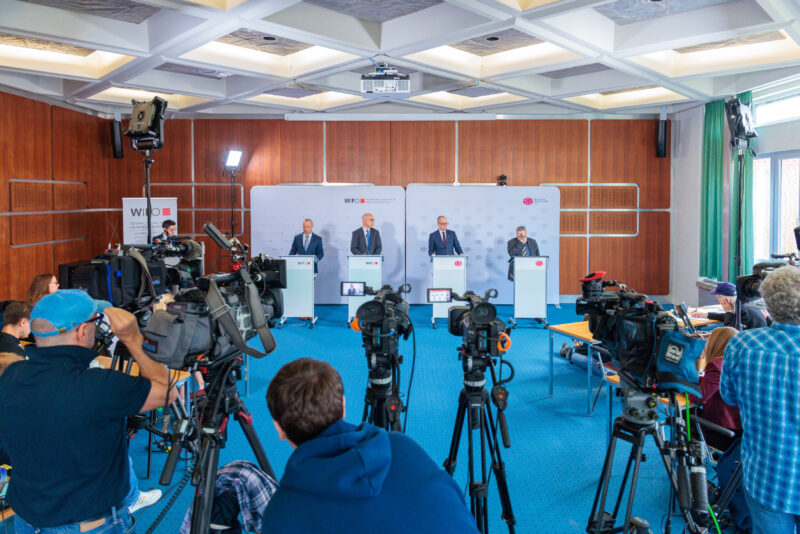
Healthcare Spending Along the Life Course: Socioeconomic Status and Life Expectancy
There is a strong correlation between socioeconomic status and health, which is reflected in the marked differences in life expectancy between different educational and income groups. The research available to date shows that the public health system accordingly not only redistributes from healthy to sick people, but also has a progressive distributional effect at the income level. However, there is a lack of knowledge on how socioeconomic differences affect the cumulative use of health services over the course of a lifetime.
A recently published WIFO study examines for the first time in Austria social differences in the utilisation of the healthcare system from a life-course perspective. A special significance is attached to the question of the extent to which socioeconomic differences in life expectancy in combination with the different consumption of health services in the different life-phases influence the cumulative health costs. The study, which is based on a dynamic microsimulation model and uses educational attainment as socioeconomic indicator, also sheds light on the future cost development in the health care system using several exemplary projections.
The results confirm that people with a high educational level have significantly better health than other educational groups, regardless of gender. These differences are also reflected in different levels of utilisation of the healthcare system and in different healthcare cost-profiles. In the main calculation variant, the healthcare costs of women with higher education over the live course are 13 percent lower than those of women with no more than compulsory schooling. For men, the pattern is not so clear-cut, with all education groups showing approximately the same costs in a longitudinal perspective. This is because differences in life expectancy by education are more pronounced for men for women. Hence, the higher life expectancy of the better educated compensates for their lower health expenditures in the individual phases of life.
The projections show a significant increase in the healthcare costs of the population in Austria in the coming decades. Increasing life expectancy plays a central role in this development. Future changes in the educational structure will only have a slight dampening effect on the expected increase in costs. Much stronger are the effects of assumptions on the future development of healthy life years. If "slower" aging is assumed with increasing life expectancy, in which the healthy life years increase proportionally to life expectancy, the costs at the end of the projection period under consideration (2060) will decrease by about 10 percent.
Publications
- Thomas Leoni
- Martin Spielauer
- Peter Reschenhofer























